Last Updated on April 21, 2024 by Marian Jones
This post on Edinburgh art takes you on a tour of Edinburgh’s galleries and gives you a chance to get to know some of Scotland’s best-known artists and paintings. That includes portraits of royalty and Enlightenment thinkers, plus the great and the good from more recent times. We also cover Scottish landscape painting and scenes from rural life in the past, along with big-hitters like The Monarch of the Glen and an ice-skating vicar.
National Gallery of Scotland
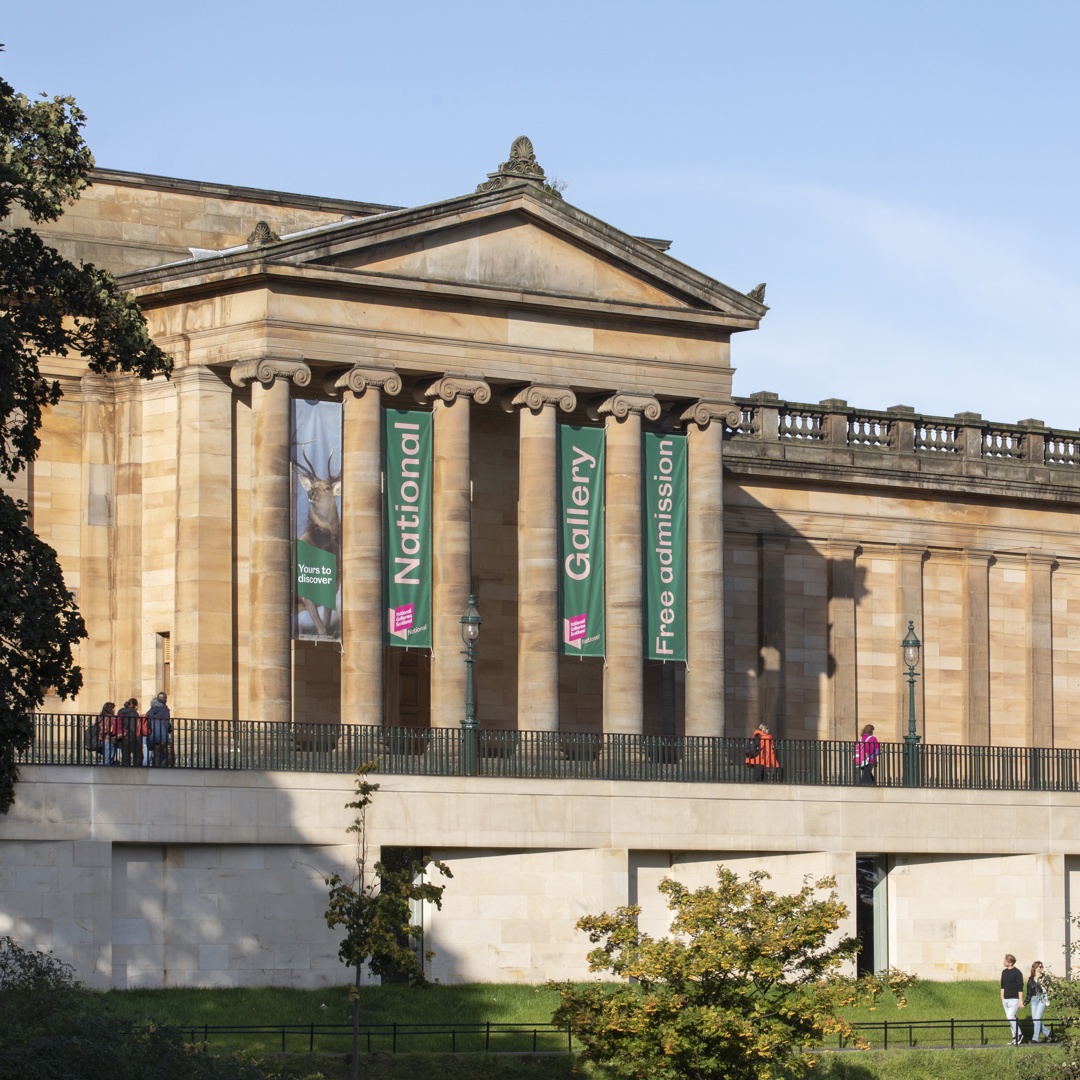
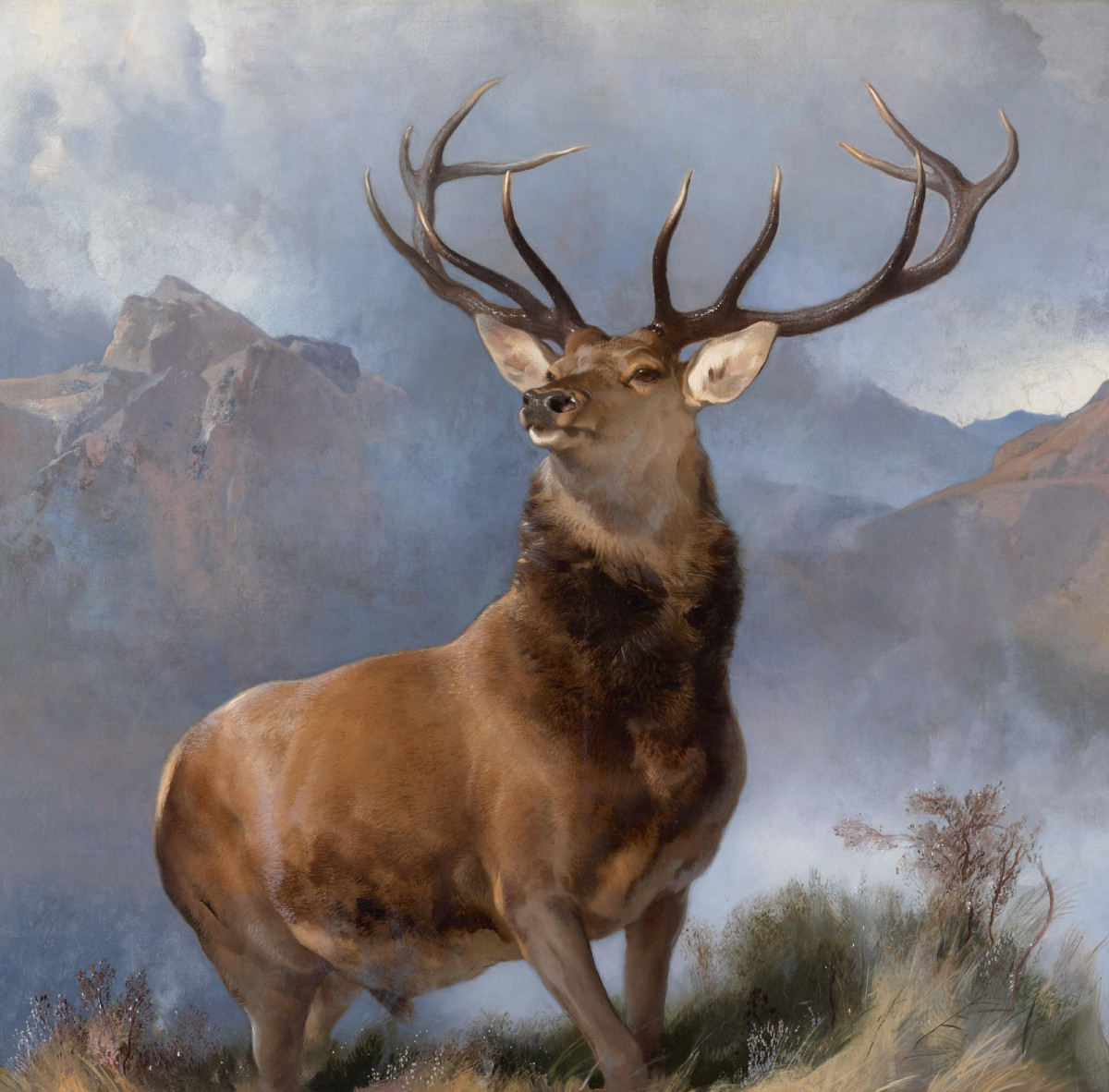
The National Gallery of Scotland is the obvious place to see Edinburgh art. It’s a grand building, opened in 1859, showing European art from the Renaissance to the Impressionists, with a special section on Scottish art. 4 Trinity panels by Hugo van der Goes provide one highlight, especially as there are portraits of James III and the future James IV on the reverse! Among the other goodies on show are Botticelli’s Virgin Adoring Sleeping Christ Child, Titian’s 3 Ages of Man, a Rembrandt self-portrait and –the most highly searched painting in the collection – A Woman Cooking Eggs by Velasquez. Monet’s Haystacks are here too, as is Gauguin’s Vision After the Sermon and Berthe Morisot’s Woman and Child in a Garden.
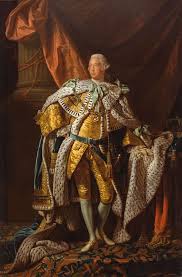
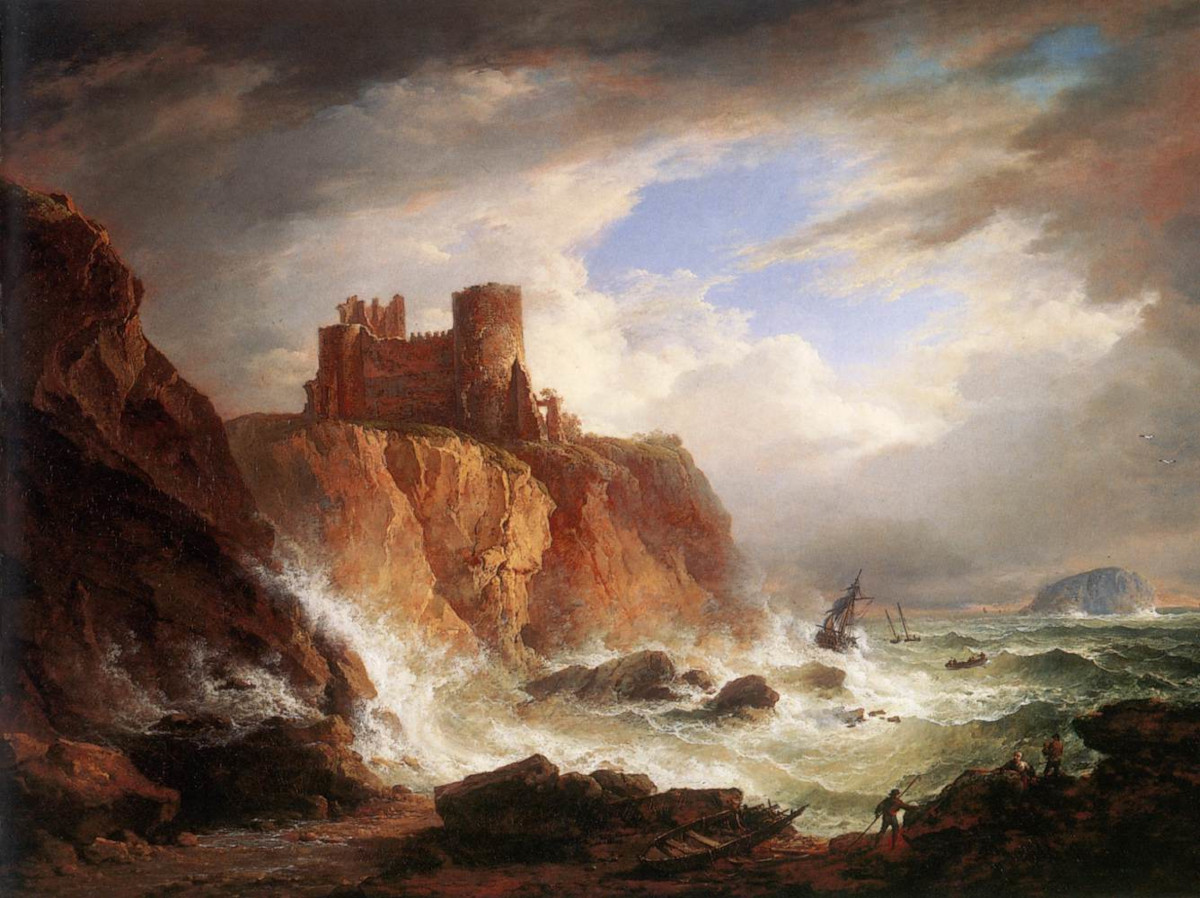
The Scottish Enlightenment was a key period in Edinburgh art. Key artists featured here include Allan Ramsay (1713-84) whose portraits of George III when he was Prince of Wales and of Enlightenment figures he knew, such as David Hume and Jean Jacques Rousseau, helped secure his appointment in 1767 as Principal Painter to the king. Then there’s Alexander Nasymth (1758-1840), known as the ‘Father of Scottish landscape painting’. Works of his here include one of Edinburgh Castle and the Nor’Loch and another wildly romantic work from 1780, A View of Tantallon Castle, showing the castle in a dramatic rock setting, amid crashing waves.


Sir Henry Raeburn (1756-1823) was another well-known Enlightenment figure in the Edinburgh art world. He was the leading portrait artist of his day whose subjects included Adam Smith, David Hume and Sir Walter Scott whom he painted twice, once as a young poet and again in later life. Other works of his which are here include his portrait of the well-known fiddler, Neil Gow and another called Skating on Duddington Loch, showing the Reverend Robert Walker, Minister of Canongate Kirk – and member of the Edinburgh Skating Society – gliding seemingly effortlessly across the ice. He also painted Colonel Alisdair Macdonnell of Glengarry who was famed for ‘his spectacular commitment to Highland Dress … and for the mismanagement of his estates’.
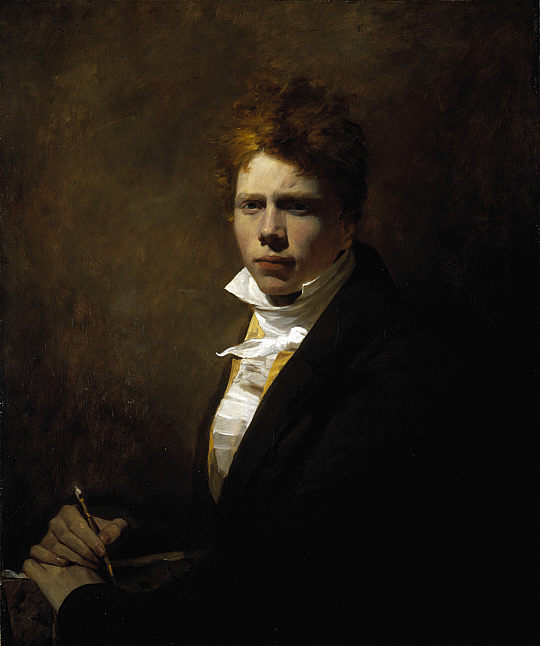
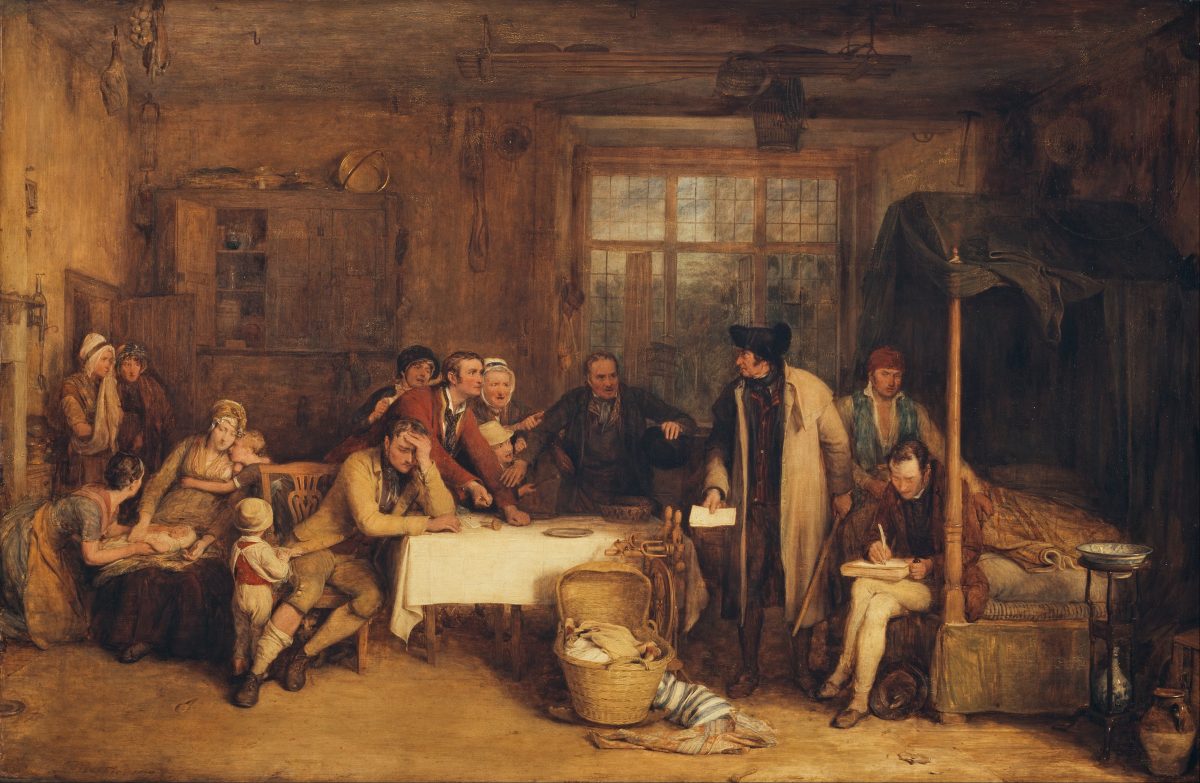
Sir David Wilkie (1785-1841) was famed for his domestic and country scenes, especially Pitlessie Fair, painted in 1804 when he was only 19, which launched his career. It depicts the annual Cow Fair in his home town of Pitlessie, showing a whole range of carefully observed characters from well-dressed ladies to farm labourers, children fighting over toy soldier and – reminding us that it was painted during the Napoleonic wars – soldiers trying to recruit a young man. His Village Festival is another work showing country life, while his social commentary is evident in works like The Blind Fiddler and Disdaining for Rent which shows a landlord visiting the crowded home of a poor family.
The best-known picture in the gallery is The Monarch of the Glen by Sir Edwin Landseer. Its majestic depiction of a royal stag in a Highland setting is known world-wide. For some it’s problematic, for it was painted at the time of the Highland clearances, yet for many it symbolises Scotland. It’s even been the subject of a poem: Up rose the Monarch of the Glen / Majestic from its lair / Surveyed the scene with piercing ken / And snuffed the fragrant air. Such is its popularity that when an appeal was, launched in 2016/17 to enable the National Gallery to buy it, donations flooded in from all over the world.
the scottish national portrait gallery
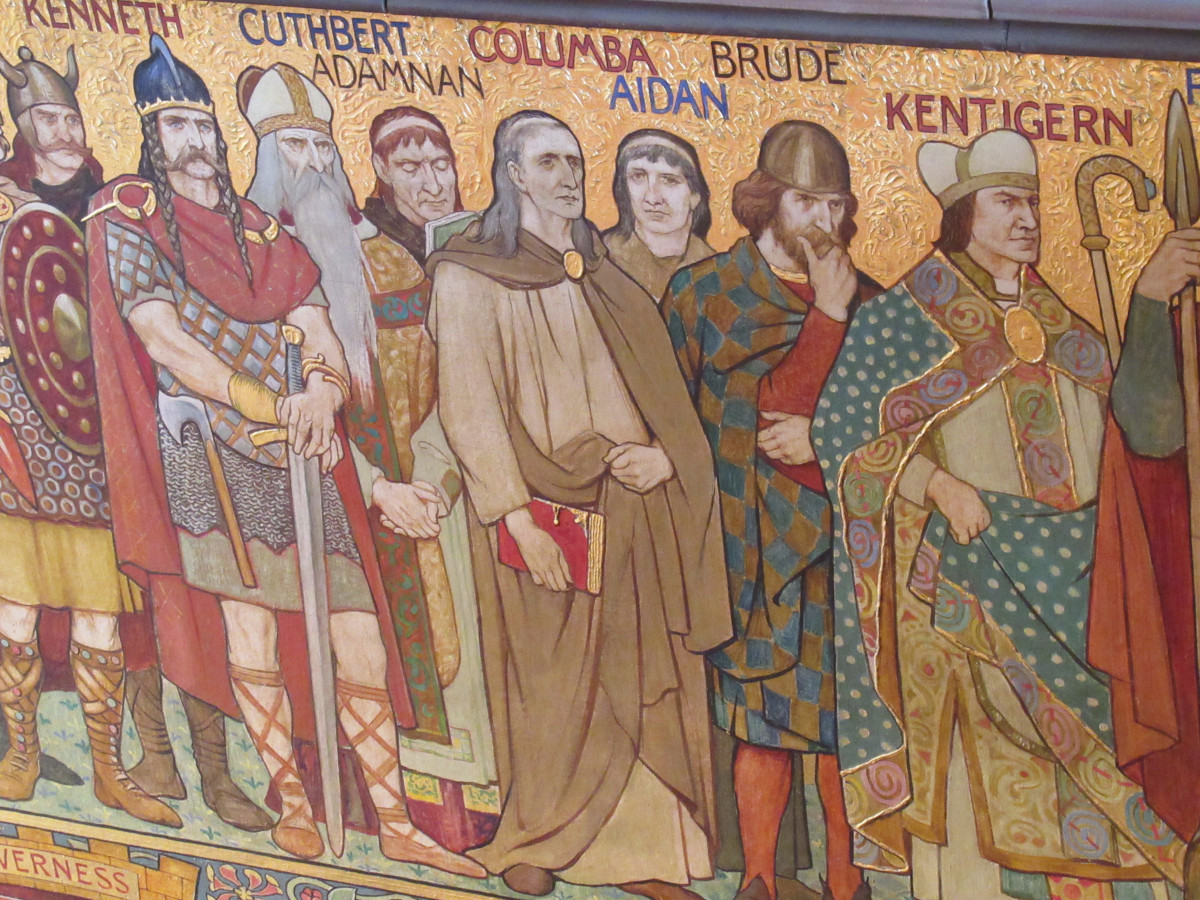
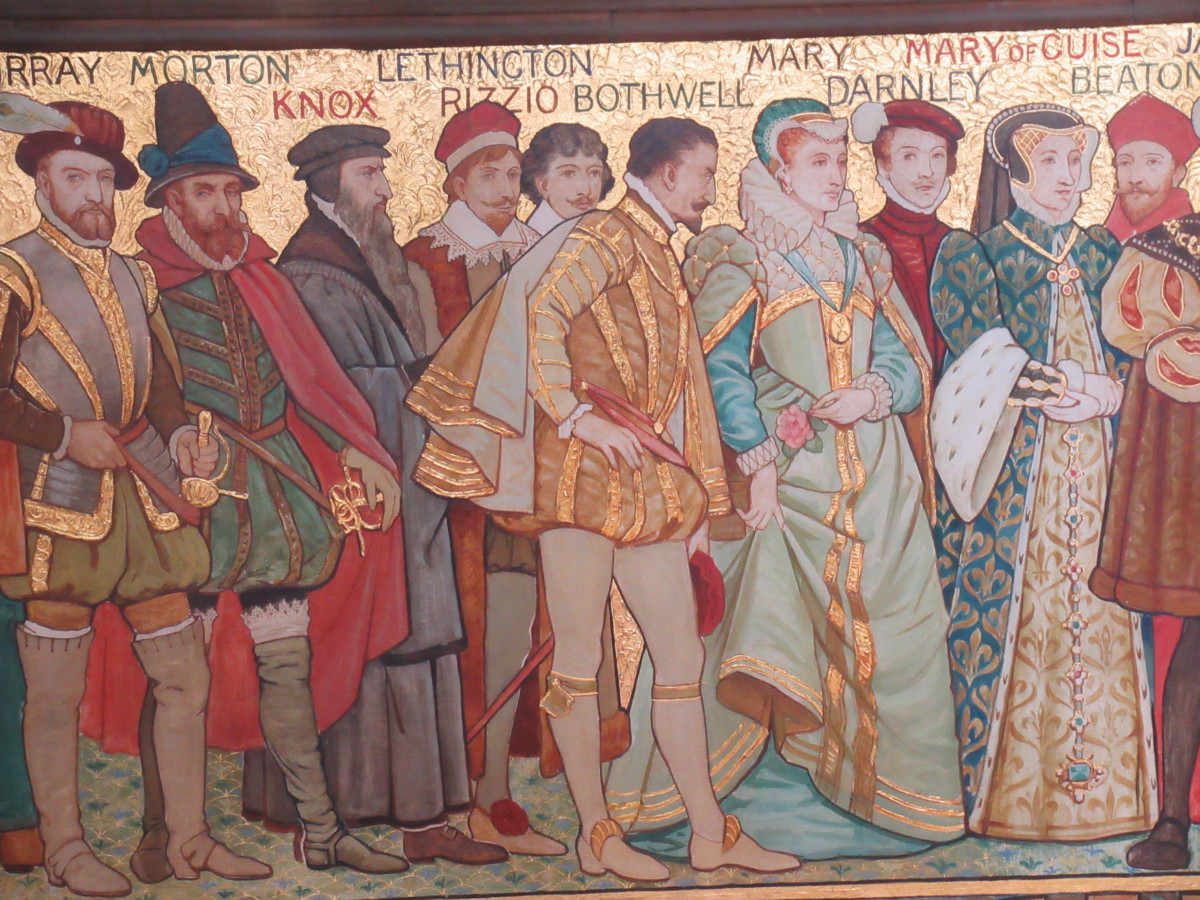
The Scottish National Portrait Gallery is a stunner! Inside the glorious Victorian neo-gothic building the first thing you’ll see is the frieze around the entrance hall – personalities from Scottish history, everyone from Saints Cuthbert and Aidan to Queen Margaret, later Saint Margaret landing at Queensferry, to Robert the Bruce and Mary Queen of Scots. Then there are 17 galleries of paintings and sculptures, arranged chronologically, with stacks of paintings of major historical significance. There’s plenty of royalty, including James VI and the portrait of Bonnie Prince Charlie commissioned to mark his capture of Edinburgh. And there’s Robert Burns, painted by his friend Alexander Nasmyth against a rural Ayrshire landscape.
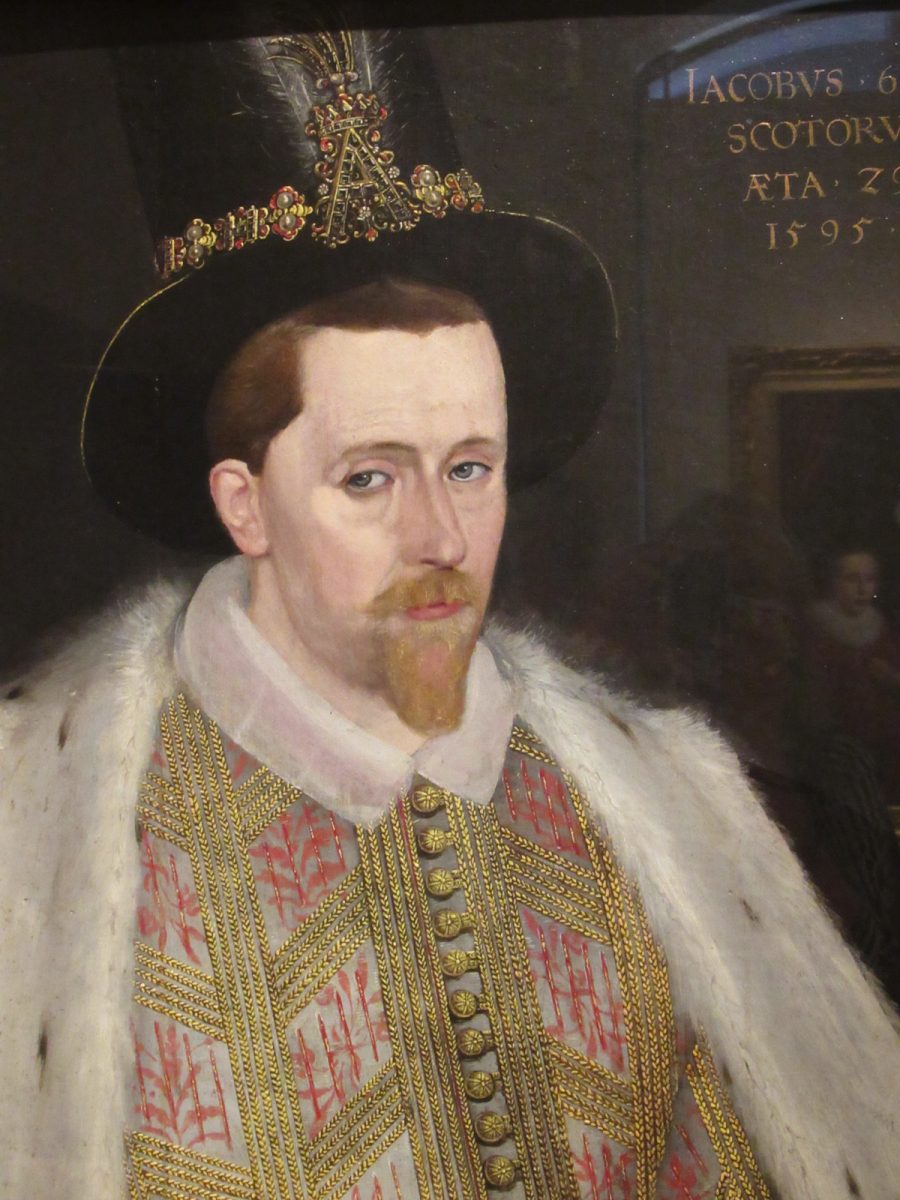

The more contemporary portraits are wide-ranging. Politicians Alex Douglas Home and the Labour leader John Smith mingle with writers and broadcasters. Dame Muriel Spark is here, along with Muriel Gray, Ian Rankin, a group of Edinburgh poets meeting at The Poets Pub and a host of Scottish crime writers meeting at the Bloody Scotland International Crime Writing Festival. There’s a bust of Alexander McCall Smith and portraits of musicians Evelyn Glennie, Emilie Sande and Nicola Benedetti, along with actress Tilda Swinton and Olympic Cycling champion Sir Chris Hoy.
more edinburgh art
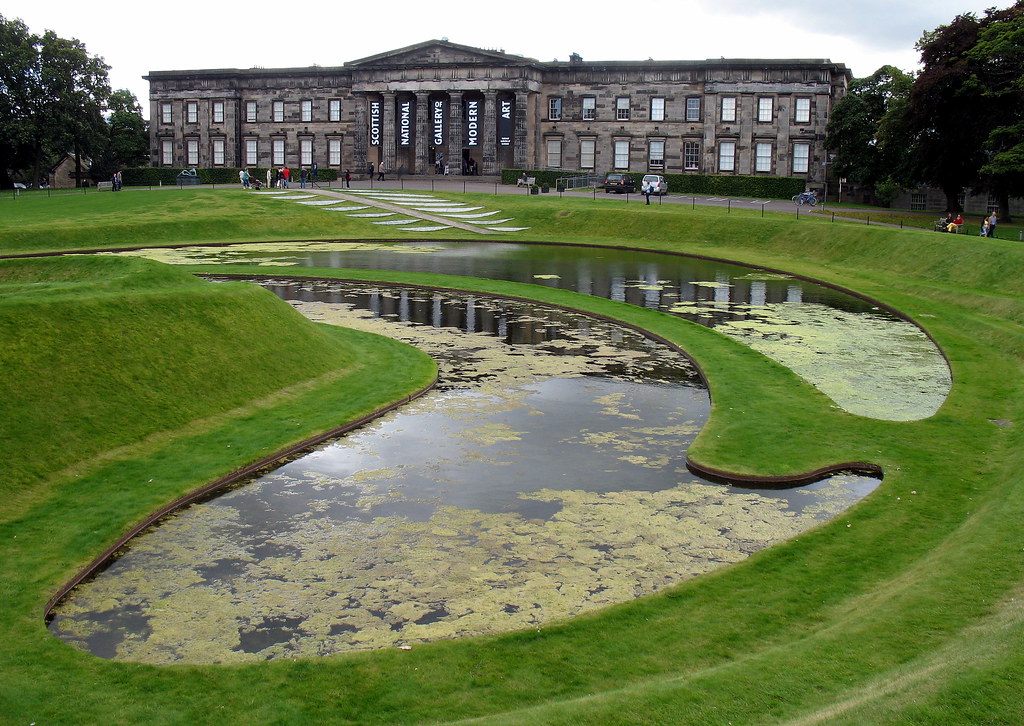
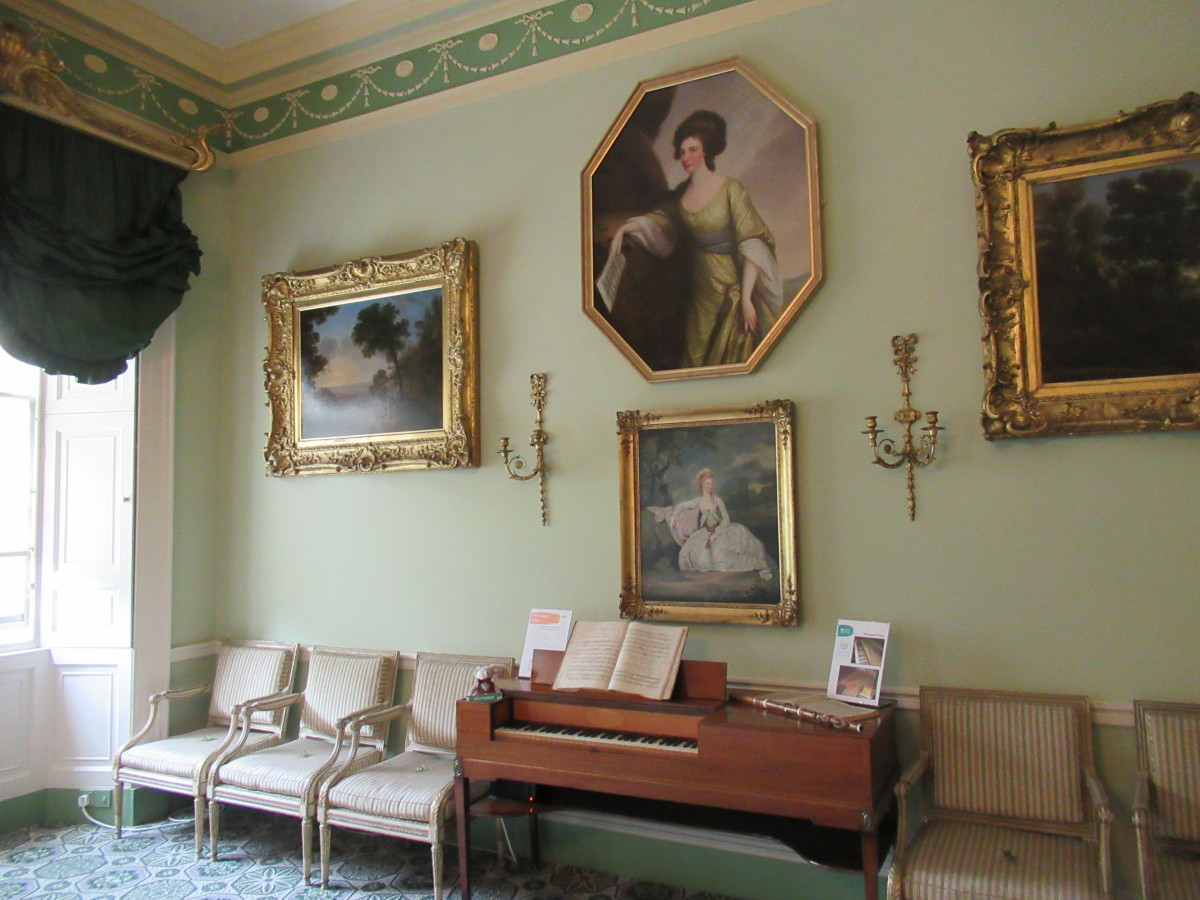
Two buildings make up the Scottish National Gallery of Modern Art. Outside Modern Art One you’ll find Anthony Gormley statues and inside a host of works by Matisse and Picasso, by the Scottish Colourists of the 1920s and 30s, and, from later decades, David Hockney and Tracey Emin. Look out too for the portraits of Glasgow street children by Joan Eardley. In Modern Art Two is a collection of works gifted by the sculptor Eduardo Paolozzi – who was born in Leith – alongside Surrealist works by Dali, Magritte and Giacometti.
The City Art Centre displays works from many Scottish artists from the 17th century to the present day. At the Royal Botanic Gardens there is a gallery which hosts exhibitions, along with a collection of outdoor sculptures. The King’s Gallery next to the Palace of Holyrood has changing exhibitions from the Royal Collection. Around Edinburgh city centre you’ll find a range of sculptures by Sir John Steel who was appointed Queen Victoria’s Sculptor in Scotland in 1838. They include one of the queen herself, on top of the Royal Scottish Academy building, as well as the statue of Sir Walter Scott in East Princes Street Gardens and the one of Prince Albert in Charlotte Square.
There’s art too at the Georgian House Museum, including many paintings and a collection of James Tassie’s portrait medallions, glass paste models of many of Edinburgh’s Enlightenment figures who were pleased to commission him because he could produce a likeness after one sitting of just two and a half hours. Much cheaper than having their portrait painted! The collection includes the great and the good of Edinburgh from the late 18th century and is a record of the fashion and hairstyles of the time.
Listen to the POdcast
Reading suggestions
The Story of Scottish Art by Lachlan Goudie
Scottish Art in 100 Works by Patricia Allerston
links for this post
National Gallery of Scotland
The Scottish National Portrait Gallery
The Scottish National Gallery of Modern Art
The City Art Centre
Art at the Royal Botanic Gardens
The King’s Gallery
The Georgian House Museum
Previous episode Witches, Cemeteries and Ghosts
Next episode Culinary Delights






